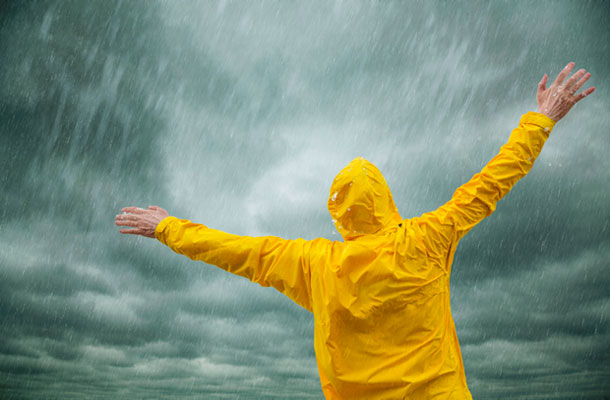Traditionally, if you want to predict the future you need two things: a soothsayer and a disembowelled chicken. For most of us our inability to forecast even quite obvious things sums up the frailty of the human condition. Nobody predicted the end of the cold war, until it happened. Nobody thought the world’s economies were going to collapse, until they did. Nobody spotted the Great Storm of 1987 until Michael Fish said that there would definitely not be a hurricane on the 15 October.
The cost of unpredictability
There were 22 fatalities and over £2bn of collateral damage was caused. A little over 100 years earlier an even bigger tempest caused yet more mayhem. On October 29 1859 an estimated 800 deaths were recorded in the storm of the century. Over 400 drowned off the coast of Anglesey when a ship returning from Australia foundered. Such was the impact of the disaster that the ship gave its name to the storm. A year after ‘The Royal Charter Storm’, the newly formed Meteorological Office began issuing gale warnings. The business of predicting British weather was inspired by a disaster.
Forecasts and innovation
New technology enables more accurate forecasts. The invention of the electric telegraph in the mid- 19th century had a similar game-changing effect on weather forecasting as the development of satellite technology in the latter half of the 20th century. But the real driver behind improved forecasting isn’t the kit, it’s the threat. The Royal Charter wasn’t some old wooden crock, she was a state of the art, iron hulled, sail/steam hybrid. Her loss represented a kind of Victorian Challenger disaster. It was a point at which confidence in the capacity of human inventiveness to tame nature faltered in the face of a perfect storm.
21st century disaster avoidance
Today we’re no longer talking about avoiding the devastating threats from individual storms. The entire climate is the problem. If the greenhouse effect is real just how hot might things get? According to World Meteorological Office Secretary-General Michel Jerraud: ‘Accurate weather and climate forecasting is now central to the planning of our whole economy.’

The weather woman
Dame Julia Slingo is Chief Scientist at the Met Office and together with Met Office CEO Rob Varley she has ‘fought like a tiger’ to bring a new supercomputer to the UK. Weather and climate forecasting don’t just require accurate observations from space or weather stations. They need increasingly complex computer modelling programmes which require mind boggling calculation power. Since the 1950s the Met Office has led the way in computing technology. Today it’s going to take on a huge challenge. It’s going to tackle what Dame Slingo describes as ‘The biggest problem of the 21st Century’ - global warming. It’s going to predict the future. To do that it needs to run the most sophisticated weather modelling programmes ever created.
Deep thought
The Cray XC40 is capable of 16 quadrillion predictions a second. It can zoom in to predict weather in areas not much bigger than a football pitch. It’s also capable of running the most accurate climate change models yet created. It has 480,000 central processing units, it weighs 140 tonnes and it’s going to start thinking this September. It’s so big it will take 2 years to commission.
Fastnet, Lundy, Irish Sea: innovation growing
The supercomputer won’t just predict, it will create. New data will feed new businesses. For agri-business seeking to forecast crops best suited to our changing climate, to designers wondering whether cars (green ones with soft tops) really will sell under British skies, the new information will create new products. The Met Office’s super-computer offers business, planners and individuals a chance to adapt to our changing climate. It gives innovators a chance to invent a less carbonated world.
Creatives and inventives should look for the Cray XC40’s predictions and then do what they do best – act unpredictably.
To keep in touch, sign up to email updates from this blog, or follow us on Twitter.
Recent Comments